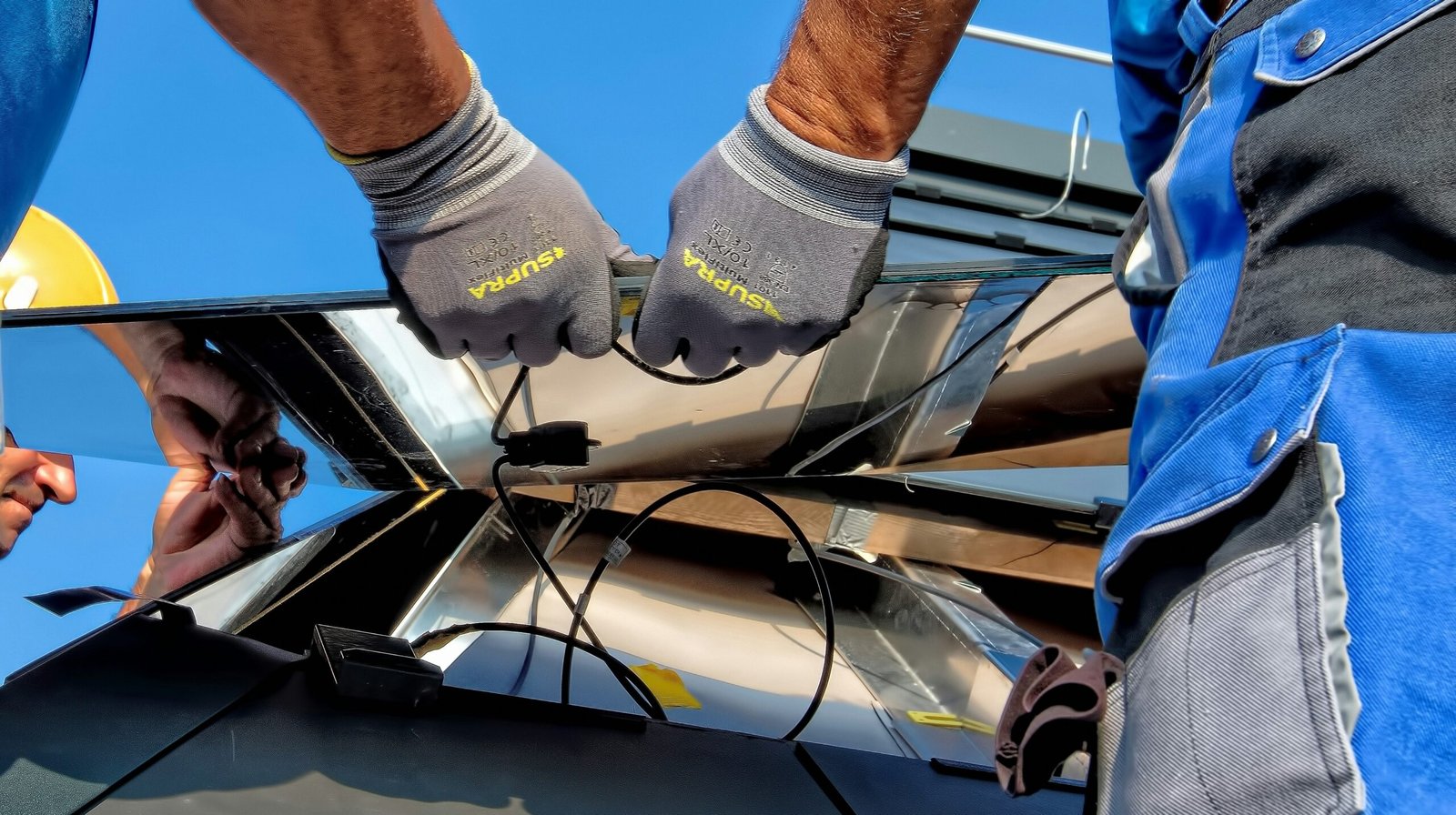Are you tired of watching your fresh fruits, vegetables, and herbs go bad before you can fully enjoy them? Say goodbye to wasted produce and hello to the world of solar dehydration! In this guide, we’ll show you how to build your very own DIY solar dehydrator, complete with materials, construction plans, and usage tips. Get ready to preserve your favorite foods and savor their flavors all year round!
Materials Needed
Before we dive into the construction plans, let’s gather all the materials you’ll need for this exciting project:
- Wooden boards or plywood
- Glass or clear plastic sheets
- Aluminum foil
- Screws and nails
- Hinges
- Thermometer
- Screen or mesh trays
- Black paint
- Drill
Construction Plans
Now that you have your materials ready, here’s a step-by-step guide to building your solar dehydrator:
- Start by constructing a sturdy wooden frame in the shape of a box. Make sure it’s big enough to hold your desired amount of produce.
- Attach the glass or clear plastic sheets to the top of the frame using hinges, allowing for easy access.
- Line the inside of the frame with aluminum foil to maximize heat absorption.
- Paint the exterior of the frame black to further enhance heat absorption.
- Create multiple screen or mesh trays that fit inside the frame. These trays will hold the fruits, vegetables, and herbs you wish to dehydrate.
- Place a thermometer inside the dehydrator to monitor the temperature.
- Position the dehydrator in a sunny spot in your yard or garden, ensuring it receives maximum sunlight throughout the day.
- Arrange your produce on the trays, making sure to leave enough space between each item for proper airflow.
- Close the dehydrator and let the sun work its magic! The heat trapped inside the dehydrator will slowly remove the moisture from your fruits, vegetables, and herbs.
Usage Tips
Now that your solar dehydrator is up and running, here are some tips to make the most of this eco-friendly preservation station:
- Choose ripe and fresh produce for the best results. Overripe or bruised items may not dehydrate properly.
- Rotate the trays every few hours to ensure even drying.
- Keep an eye on the temperature inside the dehydrator. Ideally, it should stay between 95°F (35°C) and 140°F (60°C) for optimal dehydration.
- Depending on the type of produce, drying times can range from a few hours to a couple of days. Patience is key!
- Store your dehydrated goods in airtight containers, such as glass jars or resealable bags, in a cool, dark place. This will help maintain their flavor and extend their shelf life.
What Can You Dehydrate?
The possibilities are endless when it comes to dehydrating foods! Here are just a few examples of what you can preserve using your solar dehydrator:
- Fruits: Apples, bananas, berries, mangoes, peaches
- Vegetables: Tomatoes, peppers, zucchini, carrots, mushrooms
- Herbs: Basil, mint, rosemary, thyme, oregano
Dehydrated fruits can be enjoyed as a healthy snack, added to trail mixes, or rehydrated for use in baked goods. Dehydrated vegetables are perfect for soups, stews, and homemade veggie chips. And don’t forget about the aromatic herbs that can elevate your culinary creations!
So, what are you waiting for? Start building your own solar dehydrator and unlock the power of preservation. With a little DIY spirit and the sun as your partner, you’ll be enjoying the flavors of summer all year long!



